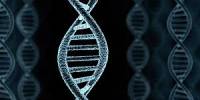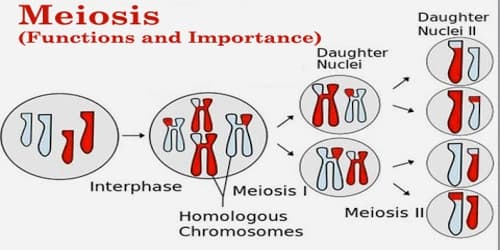Computational biology is an interdisciplinary field that integrates biological and computer science ideas to solve complicated biological and biomedical problems. It refers to the study of biological systems and interactions through data analysis, mathematical modeling, and computational simulations. It entails analyzing, modeling, and simulating biological data and processes using computer techniques and algorithms.
Computational biology is important in understanding the structure and function of biological molecules, investigating genetic variation, predicting protein structures, and many other areas. The field is a synthesis of computer science, biology, and big data, with roots in applied mathematics, chemistry, and genetics. It is distinct from biological computing, a branch of computer science and engineering that uses bioengineering to construct computers.
Key areas within computational biology include:
- Sequence Analysis: This includes examining DNA, RNA, and protein sequences. It entails tasks like as sequence alignment, gene prediction, and identifying functional components in genomes.
- Structural Biology: To anticipate and evaluate the three-dimensional structures of proteins and other biomolecules, computational approaches are used. These predictions can help us understand protein function and build therapeutics.
- Phylogenetics: Computational approaches aid in the reconstruction of evolutionary links between various species or genes. Phylogenetic trees are used to trace the evolution of biological entities.
- Systems Biology: This area focuses on modeling and simulating biological systems as a whole, taking into account interactions between various components, such as genes, proteins, and metabolites.
- Functional Genomics: It involves studying the functions of genes and their products on a global scale. Techniques like microarrays and RNA sequencing are used to analyze gene expression patterns.
- Computational Drug Discovery: Chemical compounds are screened for possible therapeutic prospects using computational biology. This method can save time and money in drug development.
- Metagenomics: The study of microbial communities, usually from environmental samples, in order to better understand their diversity and function. Metagenomics necessitates the handling of enormous datasets.
Individuals who work in computational biology often have a solid background in biology, computer science, mathematics, and statistics. To conduct analyses and simulations, they employ computer languages such as Python and R, as well as specialized software tools. With continual breakthroughs in algorithms and data processing techniques, the area of computational biology continues to evolve rapidly, and it plays a key role in advancing our understanding of biological systems and improving healthcare and biotechnology.
















